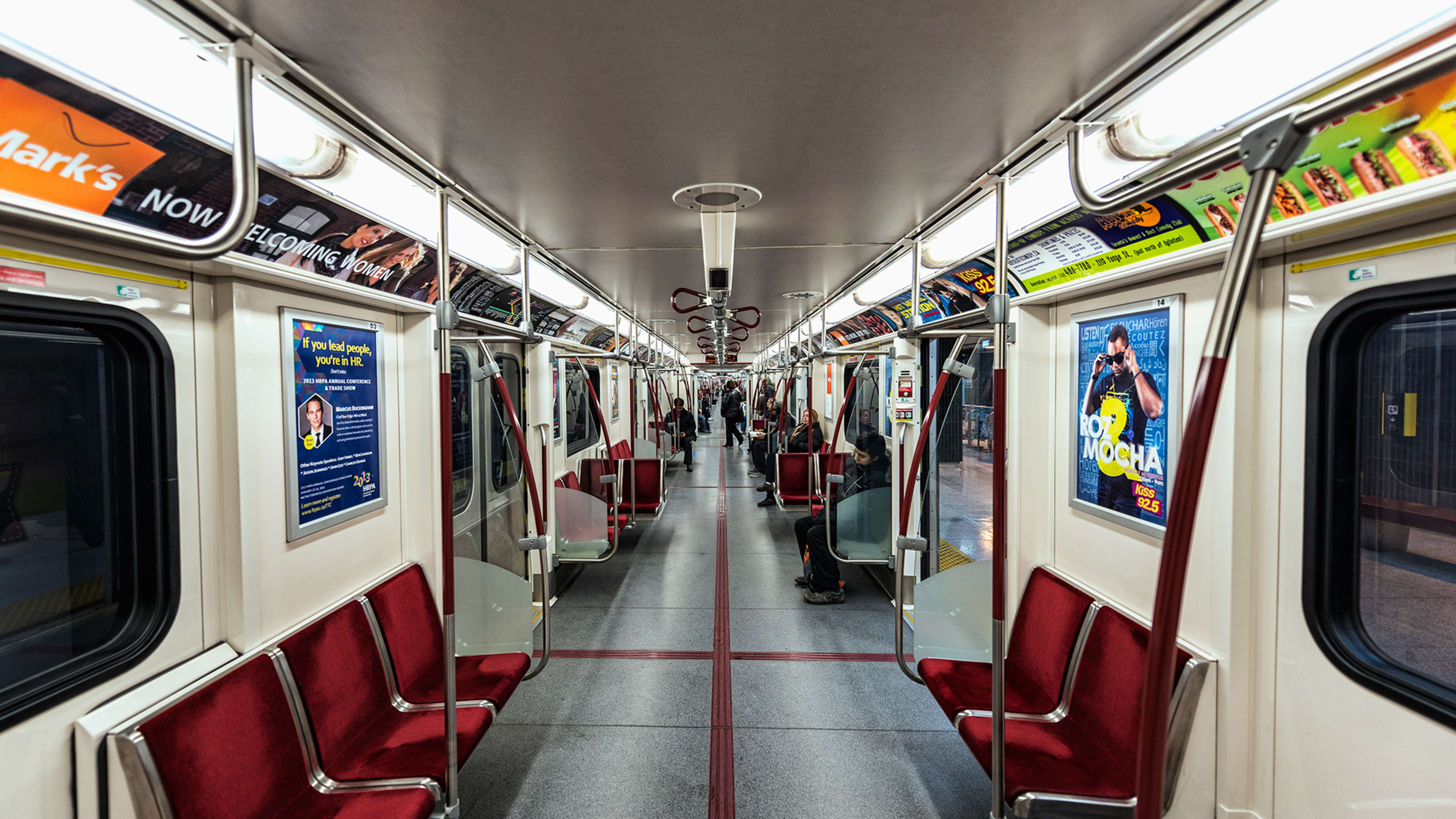This week, New York City’s Metropolitan Transportation Authority announced an order of 10 experimental “open gangway” trains that contain a single long, continuous passage.
It’s a minuscule order–10 cars represents only about 1% of the MTA’s larger, $2.9 billion campaign to replace 940 of some 1970s-era cars (and that’s out of more than 6,000 cars system-wide). But careful consideration seems to have gone into the decision, and it shows us what subways could look like within a few decades–not just in terms of the gangways. Even if you don’t notice it, the way people ride the train is changing.
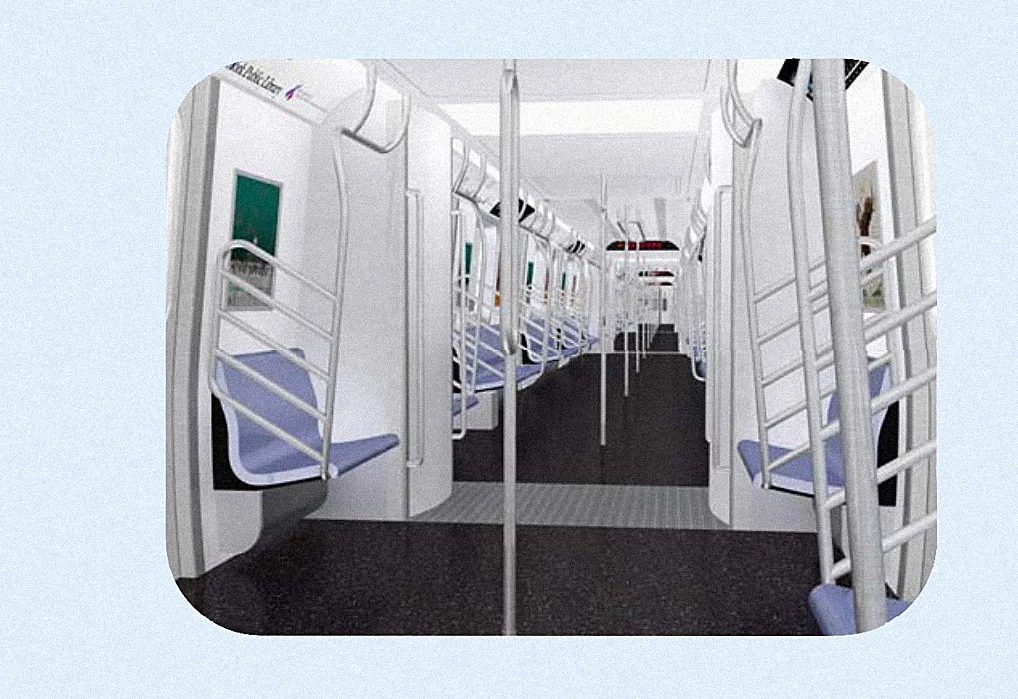
Small Changes, Big Numbers
Open gangway cars are by far the common car design in metro systems all over the world, from Asia to Europe to South America, and transit experts have long wondered why this design hasn’t been adopted in the U.S. Last year, The Transport Politic’s Yonah Freemark wrote an analysis of open cars, concluding that switching over to open gangway cars would increase capacity by a whopping 9% on the Lexington Avenue line, one of the New York City’s most overcrowded lines, alone.
Across a system, they could have an even bigger impact, and the prototype cars will be the first step in testing whether it’s worth it. Over email this week, Freemark commented that while the MTA’s plans are cautious, they’re a serious response to congestion problems. “This is not lip service–MTA is putting real money into this new type of train and is clearly ready to consider broader implementation,” he wrote, adding, “when it comes to open gangway trains, there really is very little risk–international experience virtually everywhere except in the U.S., including in places like London, Paris, and Toronto, proves it.”
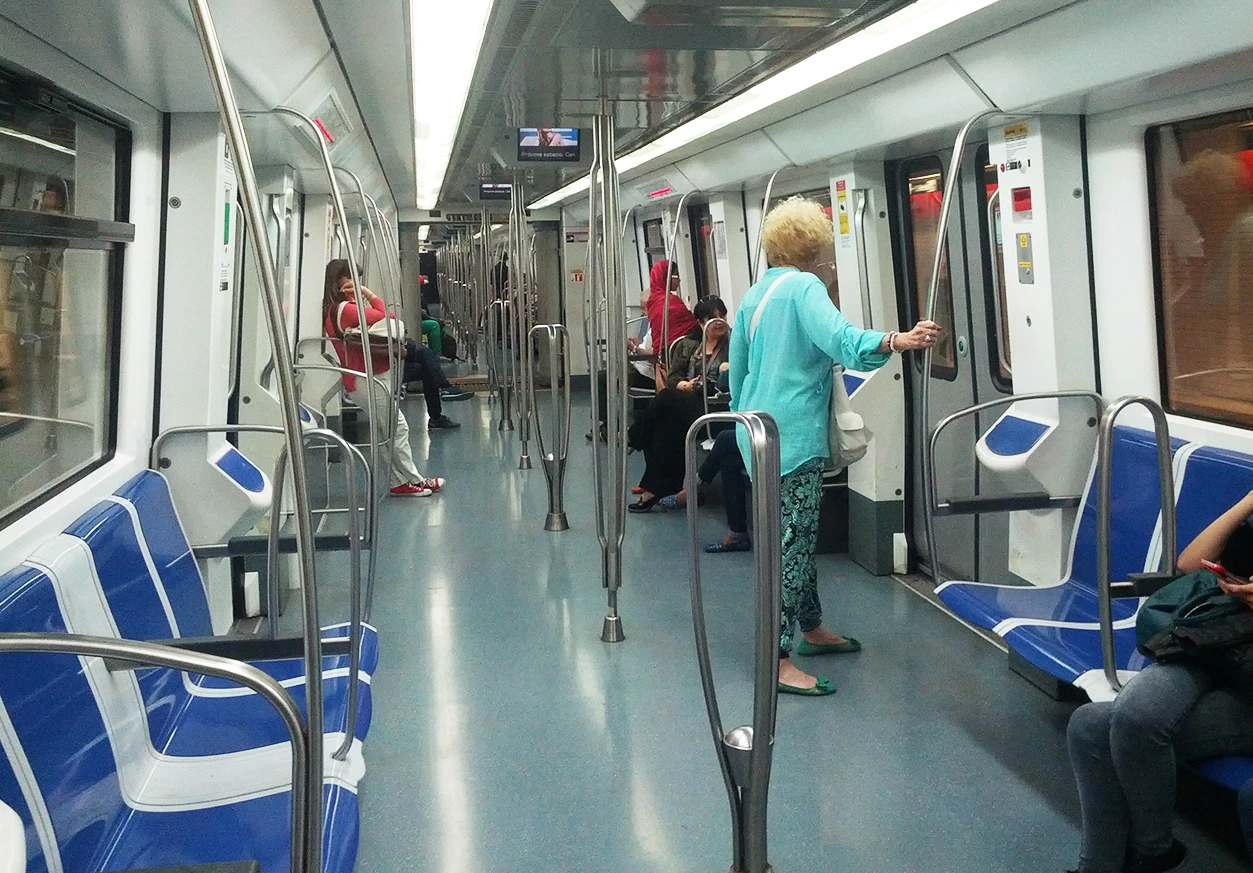
The design could dramatically increase how many people a given train could carry, but there are other benefits too, as the MTA’s Kevin Ortiz said over email. Ever tried to get off the L Train on a rush-hour morning, and been stuck fighting crowds at the door? The new design will give riders more possible exits. “Open gangway cars should help decrease dwell times due to the fact that customers would be able to move from car to car to exit,” Ortiz said. “If one car is more crowded and egress is slowed, customers can simply walk to the next car to exit.”
The End Of Rush Hour
The new prototypes also hint at bigger shifts afoot in the subway system than congestion–what the MTA has called “dramatic” changes in ridership in the report Planning for the Future, published last year.
For example, while ridership is increasing as per usual, something odd is occurring: the traffic on “peak” hours is actually flattening out. Instead, people are riding more at all hours of the day–perhaps a reflection of the way office culture is changing, as well as where we work. Not everyone heads into midtown, or even Manhattan, to get to the office these days. “Going forward, travel will become more complex and diverse, mirroring the changes in the broader economy,” the report explained.
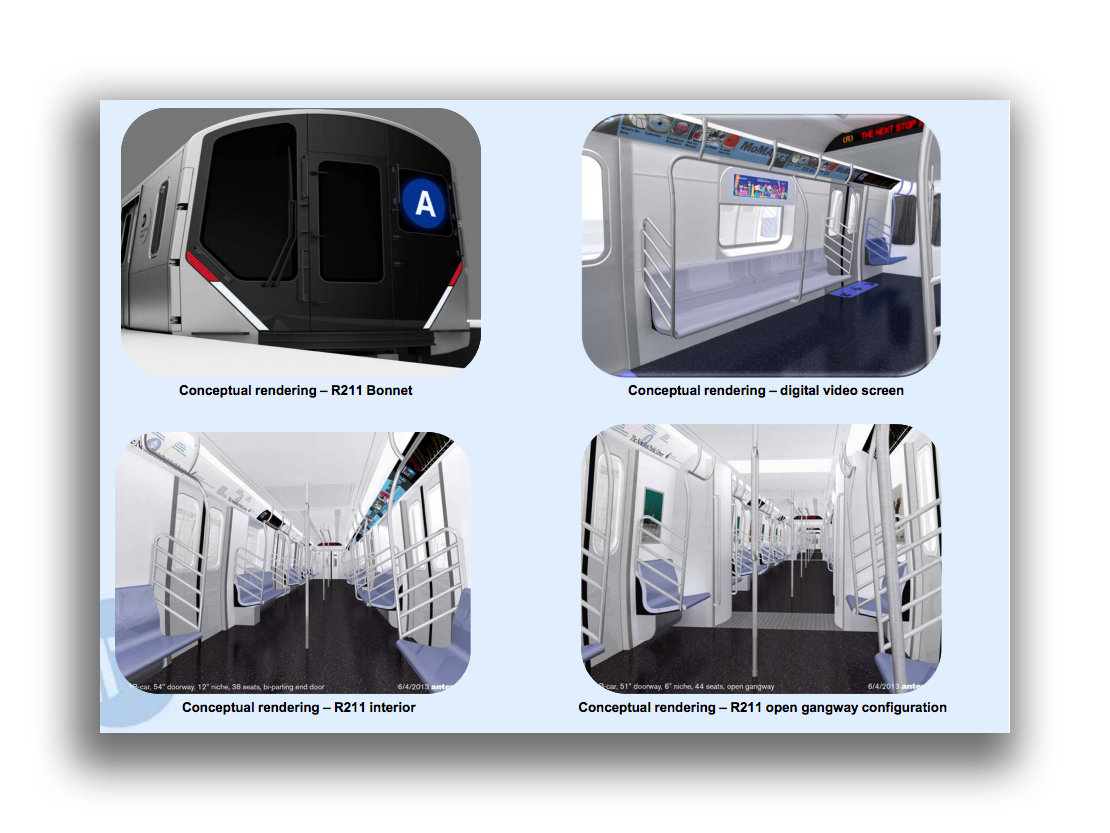
Pair increased traffic at odd hours with budget cuts, and you get what the MTA report describes as an unprecedented challenge. “These new economic and travel realities may not necessarily require MTA to pursue additional multi-billion dollar megaproject solutions to boost capacity,” the authors continued. “Instead, they call for new, market-driven ‘network-strategic’ investments that target specific problems in specific locations that can be achieved ‘in our commuting lifetimes.'”
Rather than proposing huge expansions or construction projects, the MTA will need to adapt using smart design changes to its existing network–like changing the cars themselves.
Boomers Incoming
While there’s no official designer for these cars yet, it seems likely that the NYC-based studio Antenna–which designed New York’s new L Train cars, aka the R142 model, in 2000–could be involved. (In fact, while the MTA declined to comment on its involvement, and Antenna didn’t respond to my requests, the studio’s logo is partially visible on two of the MTA’s new renderings.)
The prototype cars will include some new features, like digital screens, Wi-Fi, CCTV cameras in every car, self-regulating heat and A/C, and maybe even charging stations, according to a project brief. Many of these amenities are more than just bells and whistles–they’re clearly designed to make riding the train easier. In the same report, the MTA says that its population of older riders is increasing, as people retire in New York and even move from the suburbs into the city: “This ‘boomer’ age group is dependent on public transportation, and requires accessibility features such as elevators and escalators in stations, bus lifts, and information services design for riders with impaired hearing and vision.”
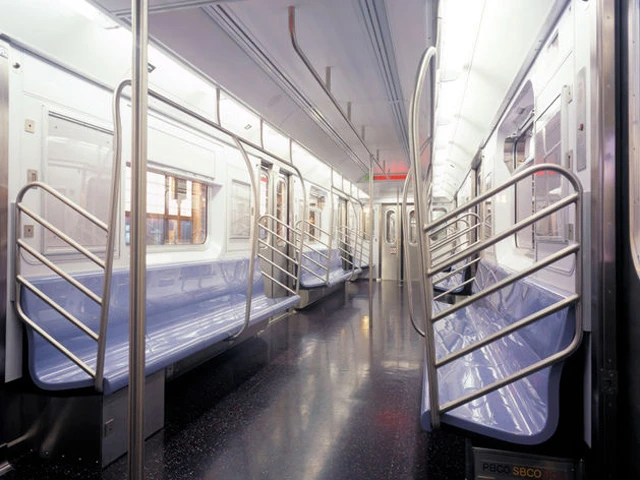
Antenna’s 16-year-old subway car design shows us how future subway cars may adapt: It included seats that could spring up to make room for wheelchairs–or spring down when someone needed a seat. The interior signage was also revamped, with wayfinding designs that made it easier to see where service was altered or where stations were located along the route. Another helpful feature? A better audio system for announcements, which featured the first recorded announcements of stations in a clear, loud, consistent voice (four voices, to be specific–all belonging to Bloomberg reporters at the time).
Whether or not Antenna is involved with the prototype project, it seems likely that the experimental cars will build on accessibility–after all, people over 65 will make up almost a quarter of the U.S. population by 2040. For now, Ortiz says that the MTA will be testing open-gangway configurations from two different manufacturers, and hopes to finalize the design contract next year. “We need to look at all options as we move forward with the design of the next generation of cars that could be running in our system for the next 30-40 years,” he wrote in his statement.
Since they’re not arriving until 2020, it’s going to be a bit before you get to see one of the prototypes–but how cool would it be to stumble across a train from the future on a late-night ride home?
Recognize your brand’s excellence by applying to this year’s Brands That Matter Awards before the early-rate deadline, May 3.
